Up to 3,000,000 visitors visit the Carnival of Venice, Italy every year. They come from around the world to see the splendors of Venice and enjoy a centuries old carnival tradition.
The Venice Carnival presents an opportunity to see the best art museums, European architecture, food and also the baroque Carnival costumes and masks. As a result, visitors have it all for 2 weeks every year at the Carnival.
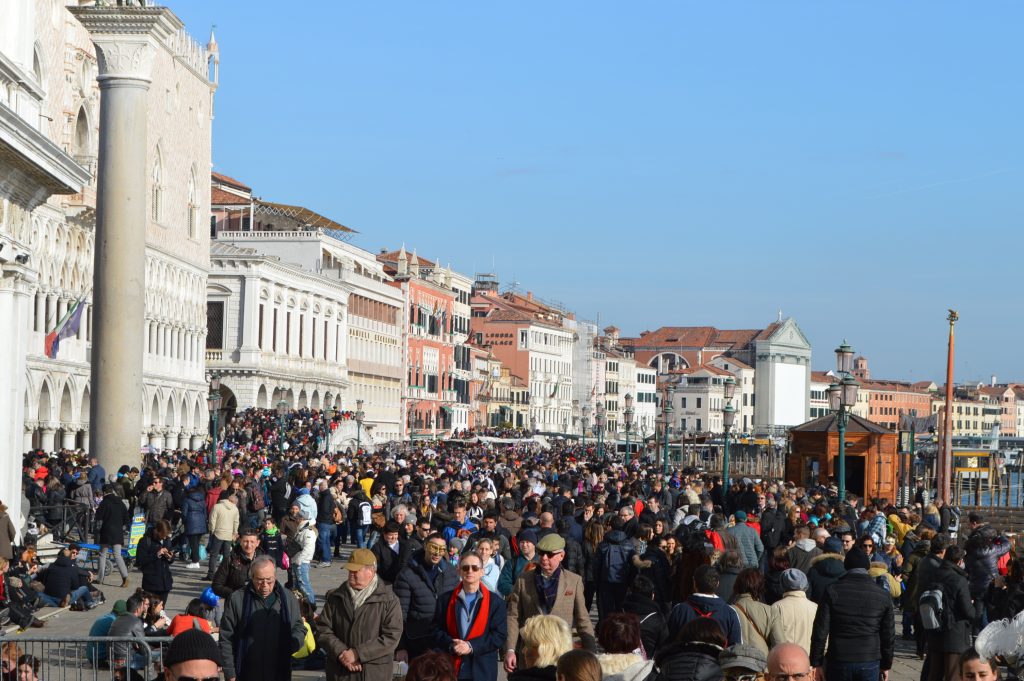
History of Venice Carnival
Historically, the origins of the celebration are in honor the “Serenissima Repubblica”. In the year 1162, the republic was victorious in a final battle with the Patriarch of Aquileia. As a result, when the citizens of Venice got word of the victory, they began to dance and celebrate in San Marco Square. Although the informal celebrations did not become official until the time of the Renaissance.
Unfortunately, in 1797 the rule of the Venetian Republic came under the control of the King of Austria. As a result, the Venice Carnival was banned and did not become officially reinstated until 1979.
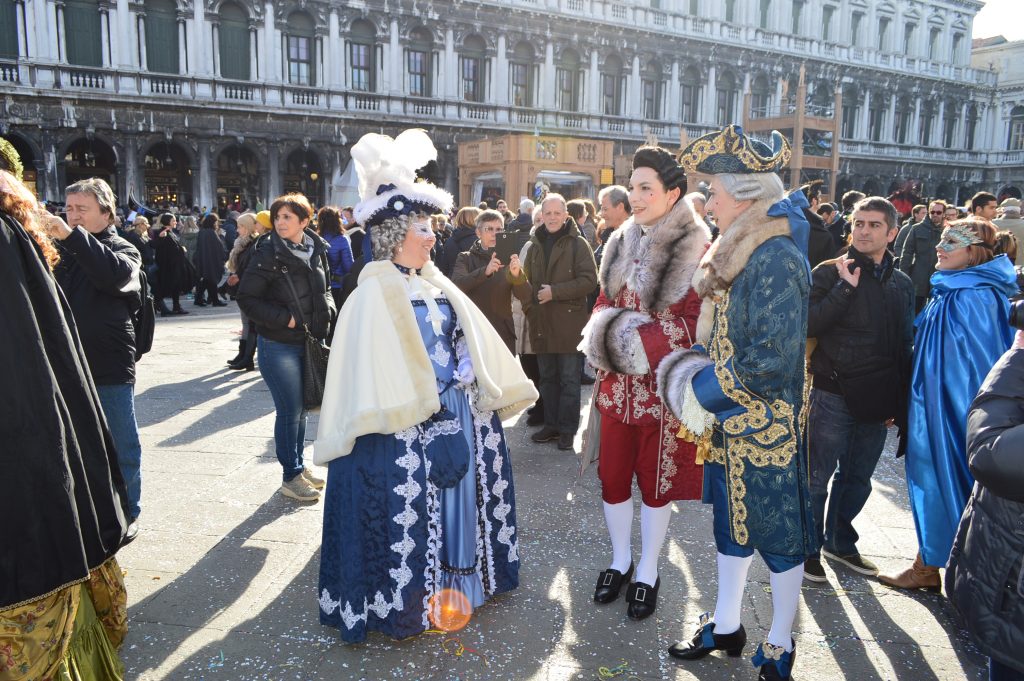
Venice Carnival Masks and Costumes
Although Venice is very famous for it’s canals, it is the elaborate carnival masks and costumes which are the favorites during carnival season. As a result, the carnival atmosphere takes on a unique identity. The baroque nature of the Venice Carnival masks and costumes is amplified by the city’s unique architecture.
The mask designs have their origins in theater and also historical fact. Additionally, there is an annual contest which encourages participants to put on a great show. As a result, the unique designs of carnival costumes and masks are readily on display.
Volto Carnival Mask
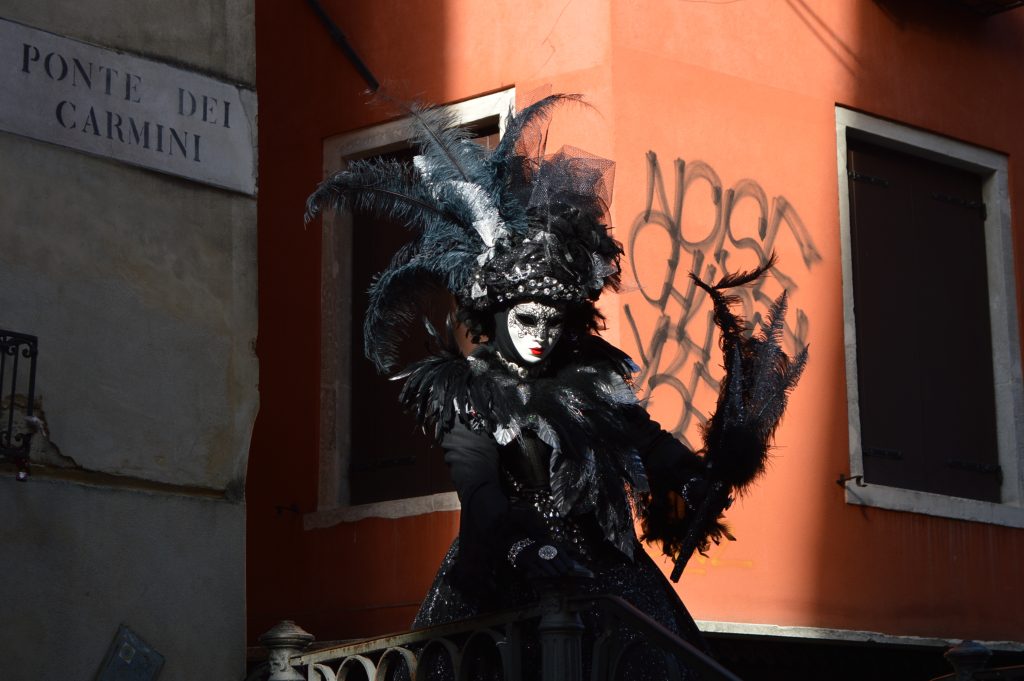
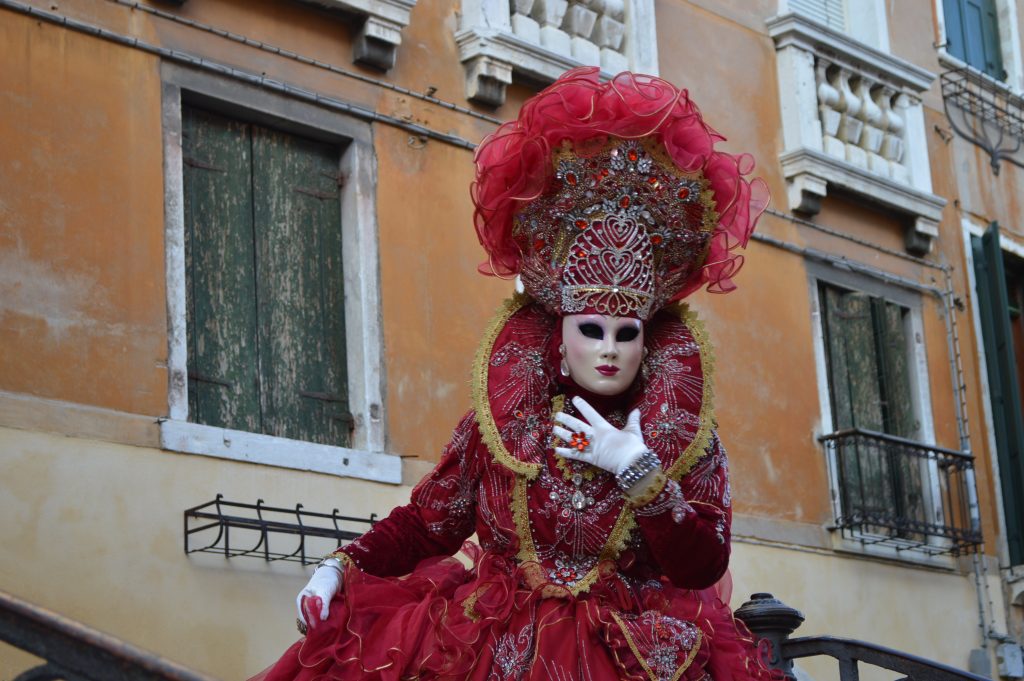
Bauta Carnival Mask

Baroque Volto Mask
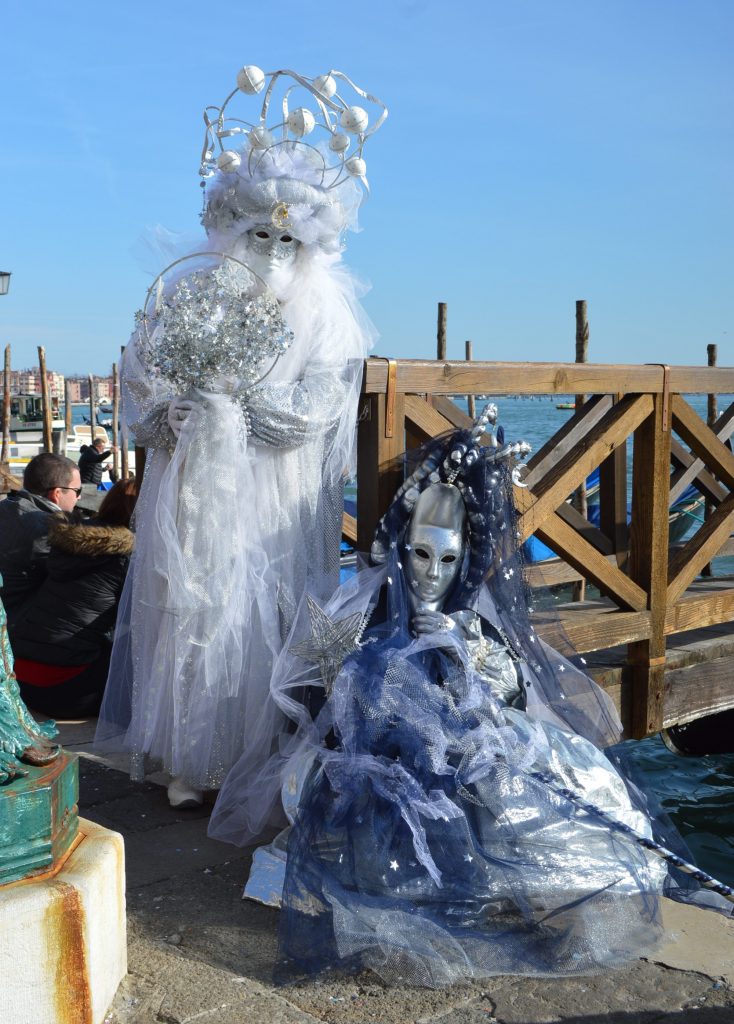
Medico Carnival Mask

Campanile of San Giorgio dei Greci
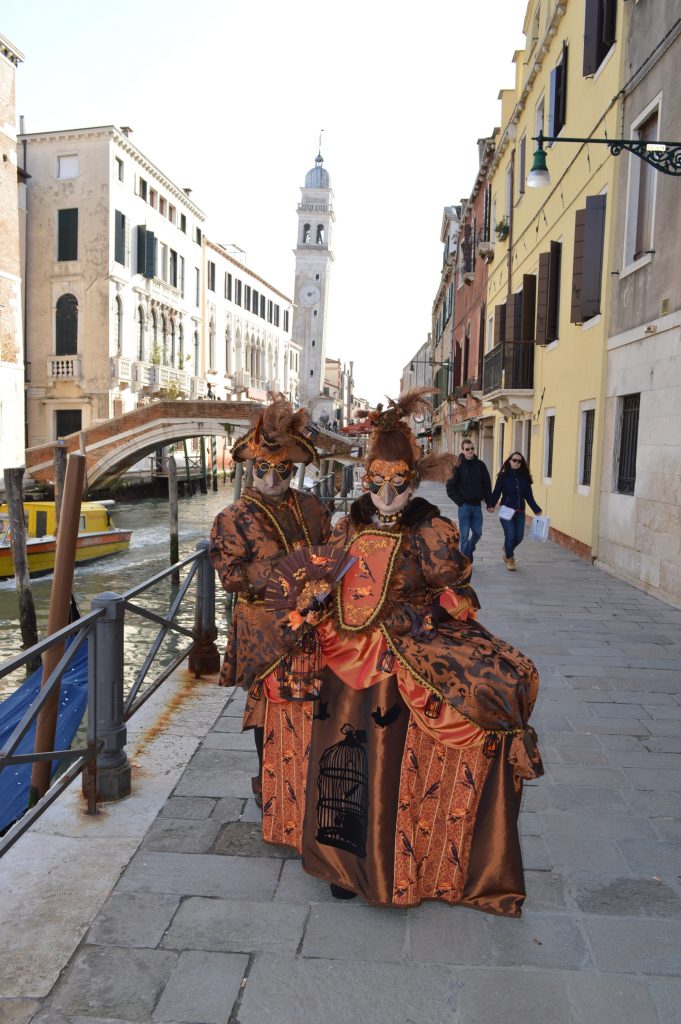
Don’t Miss the Venice Carnival
For first time visitors the Venice carnival makes a great introduction. The splendors of the Venice museums, art, and architecture are all on display in addition to the Venice Carnival costumes and masks.
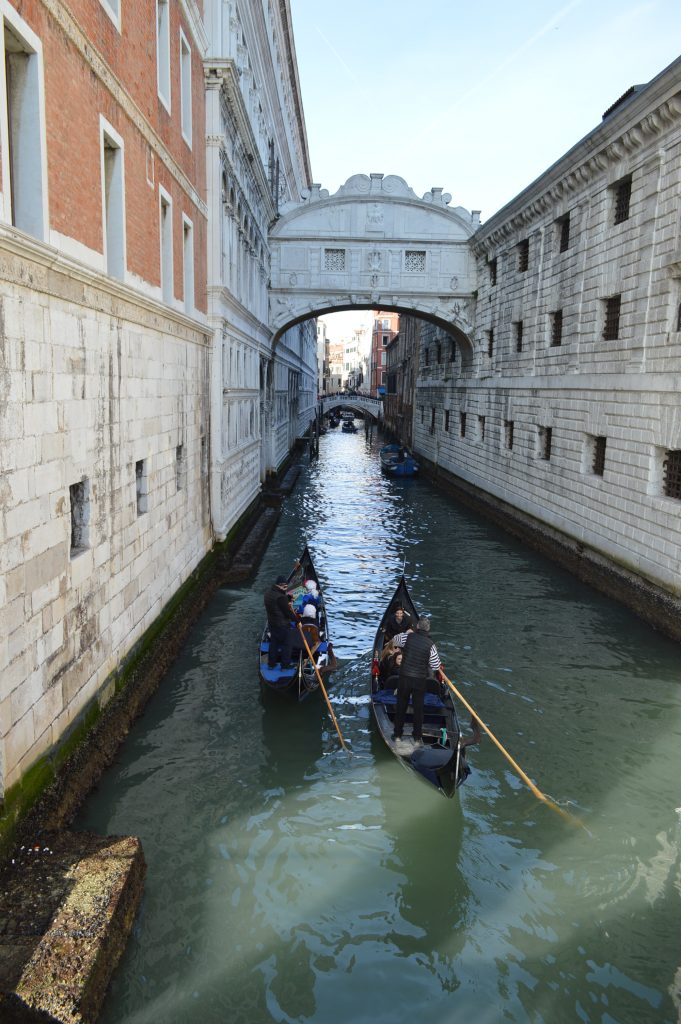
Related Posts:

